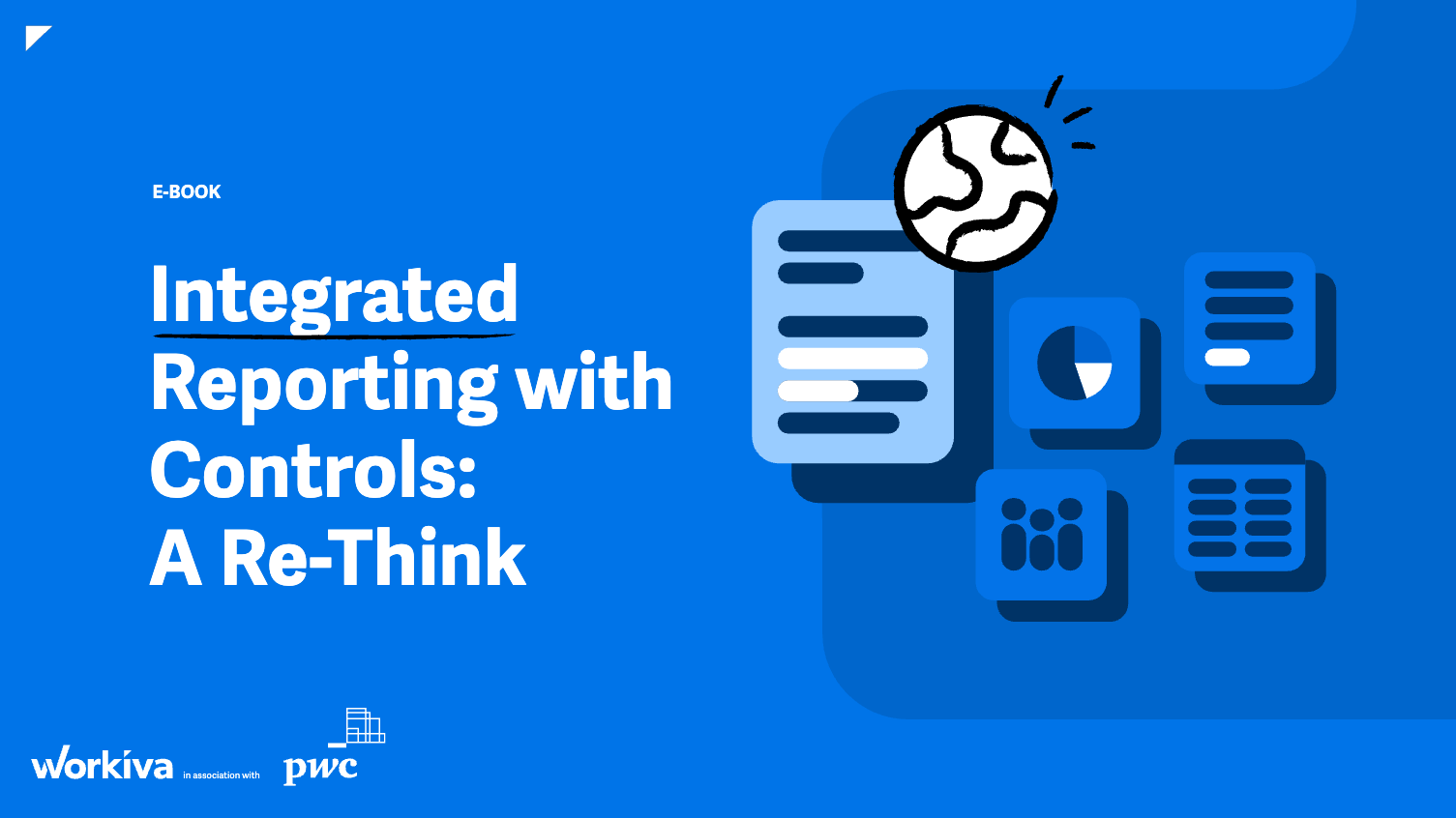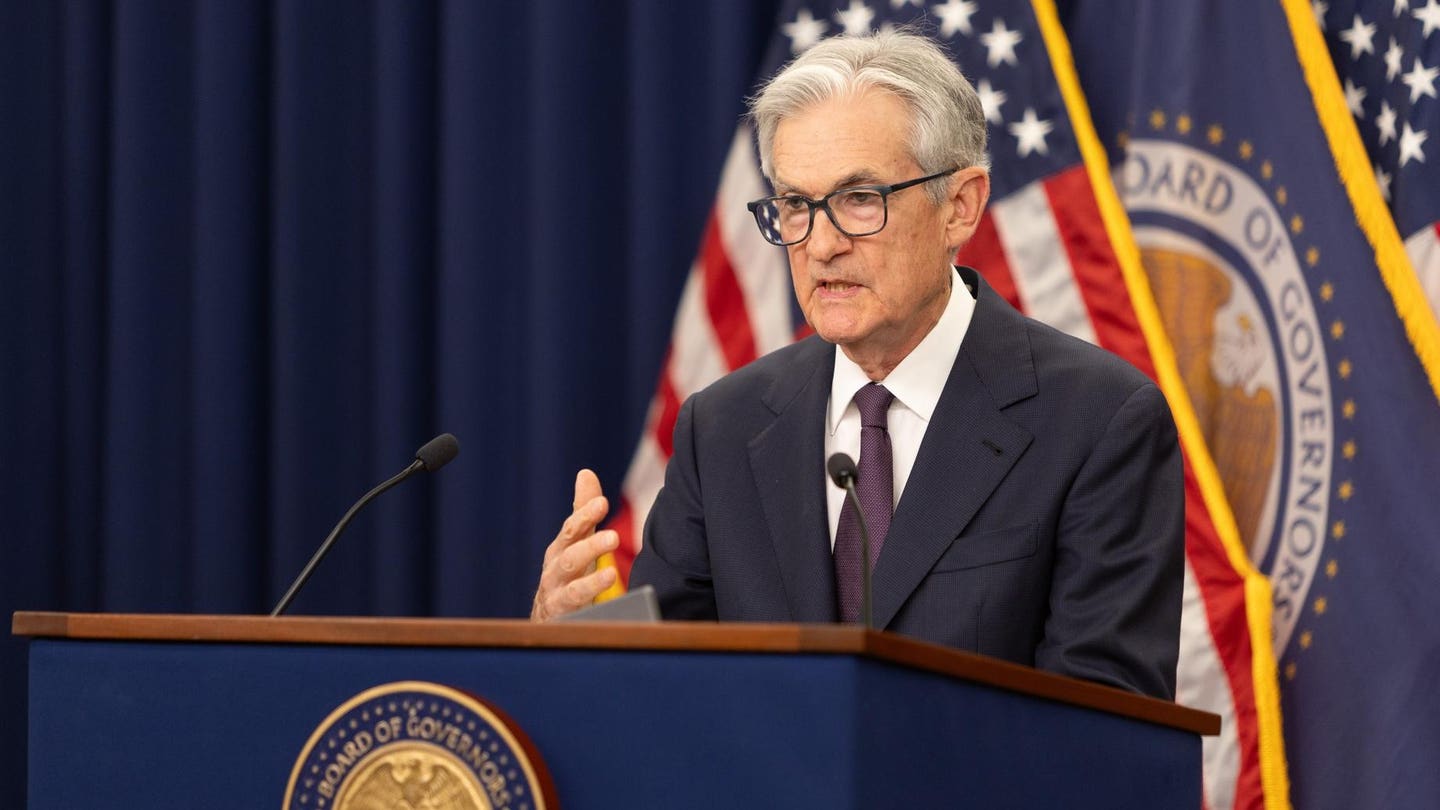Asia stands as a powerhouse of global economic growth, yet it grapples with significant development challenges, particularly in emissions reduction and sustainable development. As geopolitical dynamics shift and government finances are strained post-COVID-19, traditional development funding sources are dwindling. This scenario highlights the urgent need for blended finance and other innovative funding models to support Asia’s sustainable and inclusive future.
Asia is responsible for over half of the world’s greenhouse gas emissions, necessitating a decoupling of its economic growth from emissions. The region also faces stark socio-economic disparities, with nearly a billion people living on less than $3.65 a day, and none of the Sustainable Development Goals (SDGs) are on track for achievement by 2030. The decline in official development assistance due to shifting global priorities and constrained government budgets underscores the importance of blended and innovative finance (BIF) in bridging Asia’s $2.5 trillion annual SDG investment gap.
Blended finance strategically employs concessional capital from public or philanthropic sources to catalyze private investment in SDG initiatives. Leveraging instruments such as risk guarantees, subordinate debt and equity, technical assistance, and project preparation facilities, BIF effectively attracts commercial capital to SDG-aligned projects that are on the brink of bankability. For Asia, doubling down on this approach is crucial.
The current landscape presents a unique opportunity for BIF. Traditional development assistance is declining, with global aid flows to Asia potentially reducing by 18-26% post-2023. Domestic public finances are also under strain due to recovery needs post-pandemic, necessitating a reevaluation of resource mobilization strategies. In this context, BIF plays a pivotal role by using concessional capital to unlock substantial private investment.
A significant opportunity lies in the estimated $4.5 trillion in global private capital, termed as ‘dry powder’, seeking investment avenues. Asia’s burgeoning economies and investment needs position it well to absorb this capital. Furthermore, the region’s financial ecosystem is ripe for innovation, having pioneered microfinance models and embraced the fintech revolution. With deepening capital markets and a growing pool of impact-driven investors, Asia is poised to lead in scaling BIF.
Despite the potential, the scaling of BIF in Asia is hindered by various barriers. The limited number of investable pipelines and fragmented ecosystems make viable deals scarce. The absence of standardized deal structures results in high transaction costs and long negotiation cycles, deterring scalability. Additionally, perceived risks and insufficient performance data complicate risk assessment, while coordination failures between concessional and commercial players lead to inefficiencies.
To unlock the potential of BIF, six essential ‘Ps’ are required: Pipeline development through robust project preparation facilities, Pooling and structuring via aggregation vehicles, Partner alignment with specialists who bridge the language gap between different stakeholders, Policy coordination with supportive regulations, Platforms to drive pipeline development and People centricity focusing on underserved communities.
Asia has the entrepreneurial spirit, capital depth, and digital infrastructure necessary to embrace this opportunity. Initiatives like ASPIRE, the Asian Platform for Investment into Resilient Economies, aim to unite policymakers, philanthropies, DFIs, and private investors to advance sustainable finance. This platform seeks to amplify Asia’s voice in the global financial conversation and reshape global financial systems.
The question is no longer whether blended and innovative finance can succeed in Asia, but whether it will seize the opportunity to build a sustainable, inclusive, and unique future.
Note: This article is inspired by content from https://www.weforum.org/stories/2025/06/blended-finance-asia-sustainable-development-goal-investment-gap/. It has been rephrased for originality. Images are credited to the original source.







